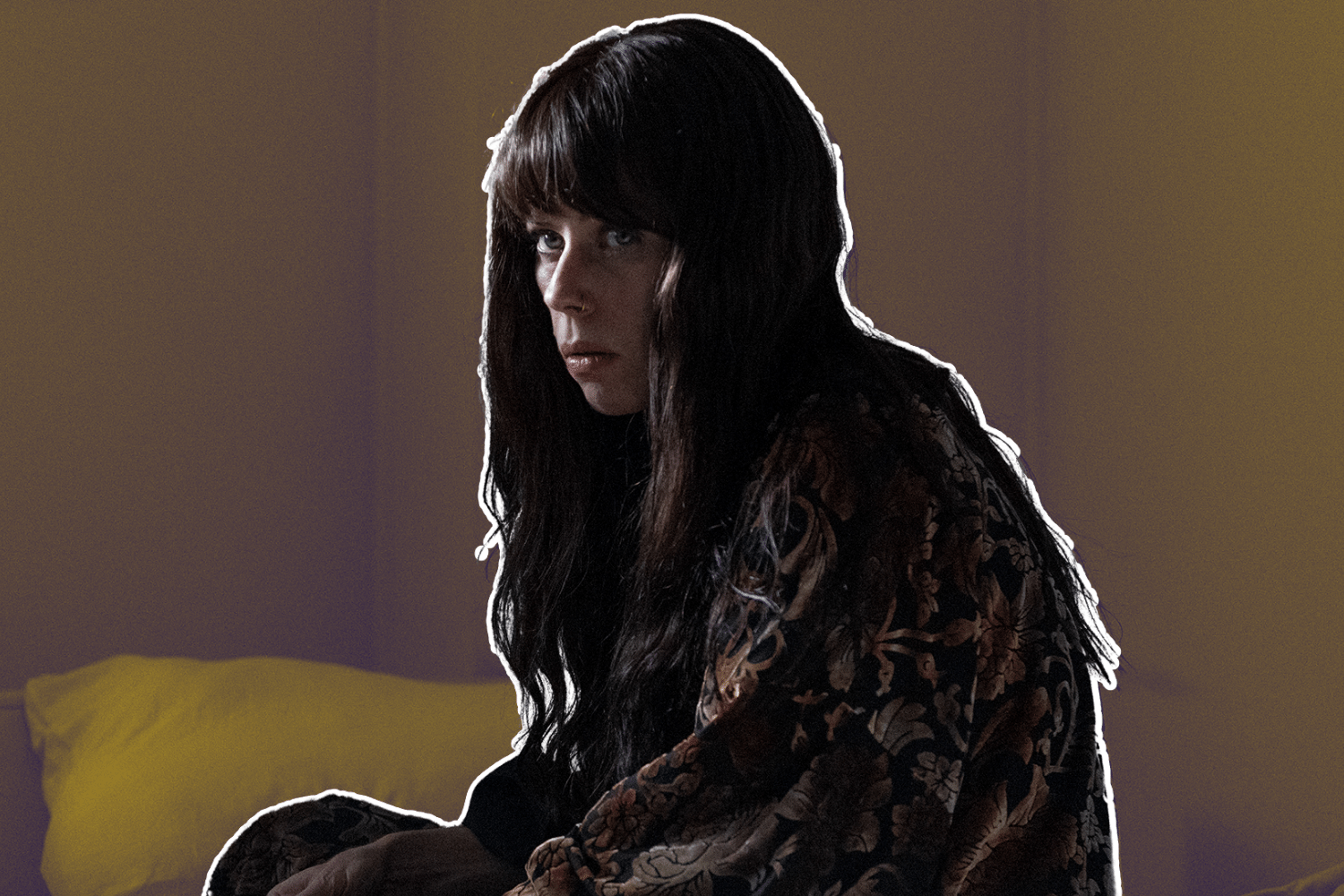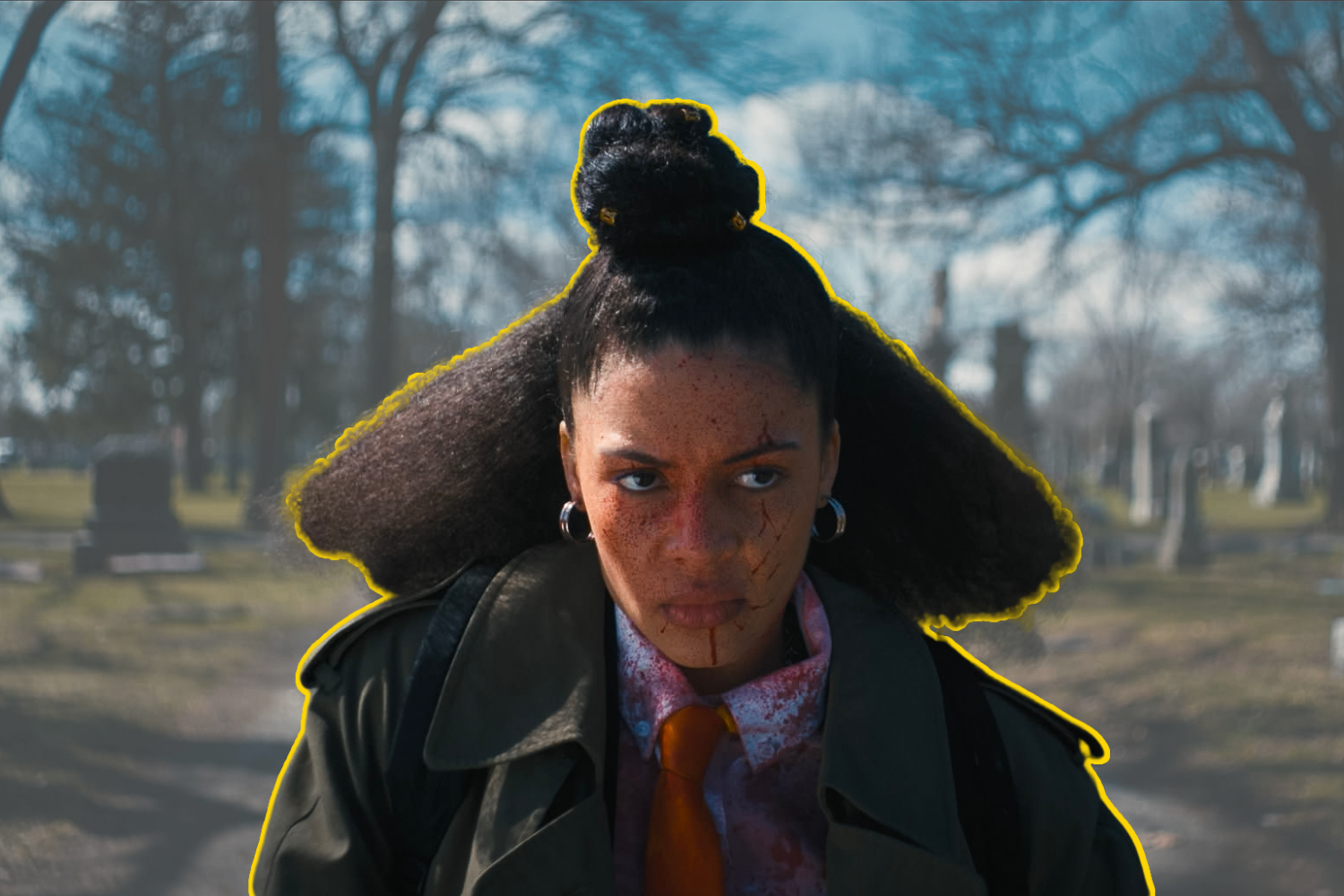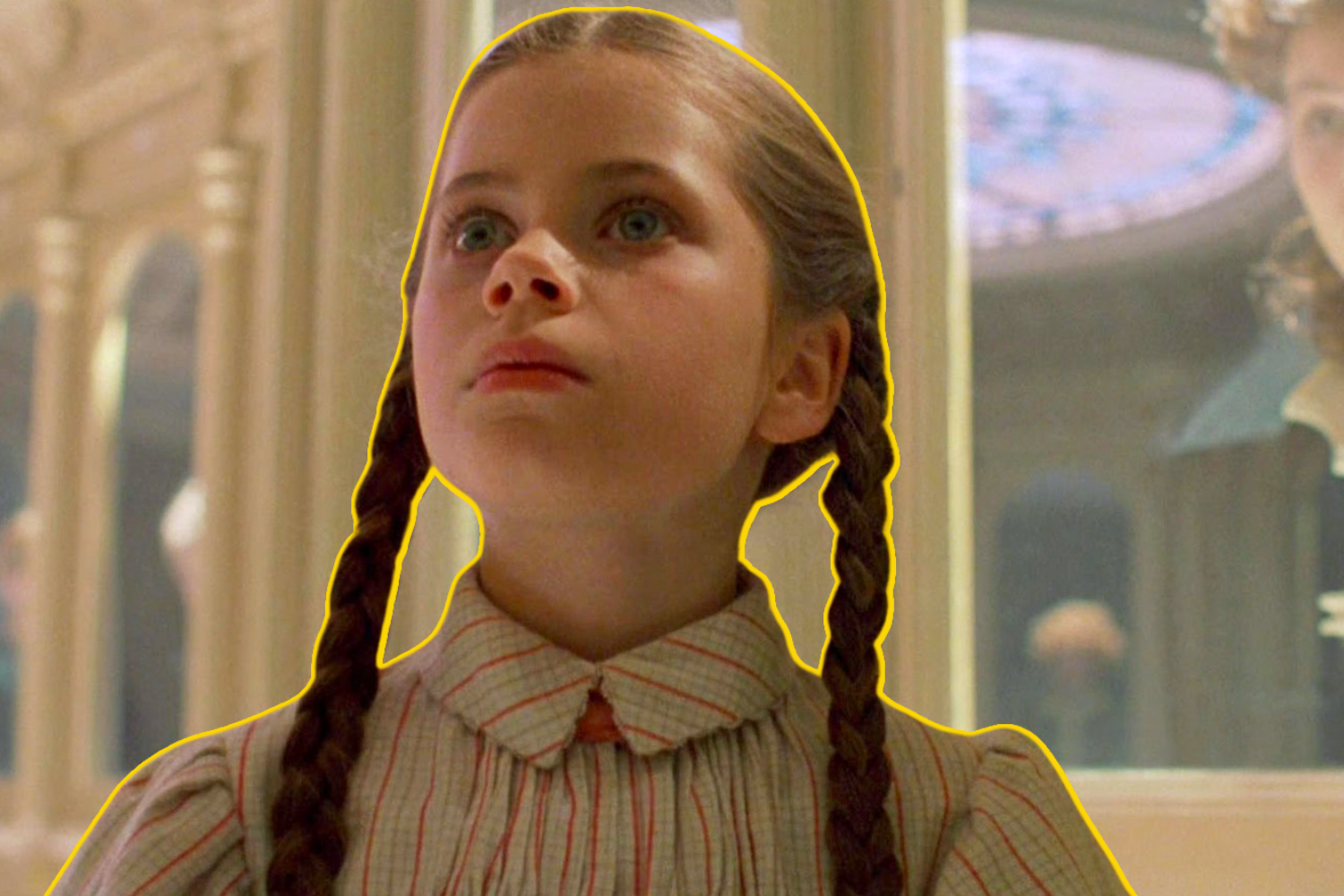Editorials
Teenage Friendship in ‘The Craft’ and ‘The Craft: Legacy’
Uterus Horror is a subgenre of films that focuses on the experience of growing up with a female gender expression. These films capture the act of becoming an adult and coming into your sexuality, using horror to emphasize and/or act as a metaphor for those experiences. Columnist Molly Henery, who named and defined the subgenre, tackles a new film each month and analyzes how it fits into this bloody new corner of horror.
September 30th, 2022 | By Molly Henery

For many, September is the start of a new school year. What better film to celebrate that back-to-school spirit than the quintessential high school horror film from 1996, The Craft. We all know and love this Millennial Uterus Horror film, but I will also be discussing the Gen Z 2020 reboot/remake/requel/sequel (whatever you want to call it), The Craft: Legacy.
The Craft was directed by Andrew Fleming (Bad Dreams, Emily in Paris), who also co-wrote the screenplay along with Peter Filardi (Flatliners, Salem’s Lot). In the film, audiences watched as Sarah (Robin Tunney) moves to a new town and starts at school in the middle of the year. After a popular guy quickly ruins her reputation because she refuses to sleep with him, Sarah finds comfort in a new friend group of other social outcasts. Together, Sarah, Nancy (Fairuza Balk), Rochelle (Rachel True), and Bonnie (Neve Campbell) form their own tight-knit coven and practice witchcraft together.
While at first these teenage girls bond and learn to do increasingly difficult spell work, Nancy eventually becomes mad with power, resulting in more than one death. When Sarah stands up to Nancy, the other girls side with Nancy. Luckily for Sarah, she’s a natural witch and more powerful than her former friends. Sarah is able to defeat Nancy and bind both Rochelle and Bonnie’s powers so they can never harm another person again.
2020’s The Craft: Legacy was written and directed by Zoe Lister-Jones (Band Aid, How It Ends). It starts off similarly with teenager Lily (Cailee Spaeny) moving with her mom to a new town and going to a new high school. Also like the original, Lily is publicly humiliated by a popular boy at school, although this time it’s because she got her period in the middle of class. This brings her straight into the arms of three other young social outcasts Tabby (Lovie Simone), Lourdes (Zoey Luna), and Frankie (Gideon Aldon).
Together in their newfound coven, these four teenagers begin to test their powers and see what they can do. What’s interesting is, unlike in the original film, this coven seems to be more focused on using their powers for the greater good rather than personal gain. They cast a spell on the popular bully, but only to make him more sensitive and understanding, effectively stripping him of his bully status. When Lily casts a love spell on the boy and the next day learns he died by suicide, her friends don’t just bind Lily’s powers. Instead, they bind all four of their powers to prevent it from ever happening again. The truth eventually comes out that his death was neither suicide nor related to Lily’s spell, but instead a toxic patriarchal Pagan group who murdered the boy. The coven of four come back together to save Lily from the true danger, unleashing the full potential of their powers.
When you’re a teen, the people you surround yourself with have a huge impact on everything from how you dress to how you act; so finding the right people to be around when you’re still learning about yourself can affect the trajectory of your future. The one thing both of these Uterus Horror films exemplify so well is how vital the friendships between teenage girls are. During the formative high school years, your friend group has a great impact on the kind of person you become. If you find the right friend group, filled with young women who will uplift you, they could help you to reach your full potential. While this power can be any number of things, these films use magic as a metaphor for that inner strength or talent every woman possesses. As we see in The Craft and The Craft: Legacy, all four of these young women are powerful in their own ways. Yet when they are together as friends, they nurture their powers into something truly great.
The end of these two films is where they greatly differ. The Craft does a fantastic job of showing just how toxic friendships between teenage girls can be. While most teenage boys will resort to physical violence, teenage girls typically choose a much more subtle form of warfare. Infighting within friend groups, the spreading of rumors, and other emotional trauma are not uncommon. We’ve seen this in other teen girl films such as Mean Girls and Heathers as well. While Nancy, Rochelle, and Bonnie revel in their new powers, Sarah tries to get the others to see the dire consequences to their actions. Because she tries to stand up to the others, Sarah’s friends quickly turn on her. Even during the climax of the film, it isn’t until the very end that Nancy resorts to physical violence because she feels out of options. Everything leading up to this, from giving her nightmares to making her think her father and stepmother died in a plane crash, is an attempt to get Sarah to emotionally and physically crumble. It’s a very exaggerated horror example of the toxicity between friends, but if you remove the element of magic, it would still be something that could happen in real life.
This is the one area that I believe The Craft: Legacy does better than the original. This film still shows Lily being separated from the group, but it is as a punishment for her own careless actions. What’s more, the coven chooses to bind all their powers rather than just Lily’s. This is an important distinction because these girls understand their power can be dangerous. When the young women realize their true adversary is a secret patriarchal society who wants to harm Lily, they quickly undo the binding spell and come back together. It’s in this moment that we not only see how far these teens will go for their friends, but we also see their powers at their peak. It’s a wonderful example of how young women are always stronger when they are together and helping those they care for most.
Both The Craft and The Craft: Legacy are great Uterus Horror films showing strong bonds between teenage girls. They both also show the importance of these friendships during our formative years, and how the right friend groups can help teenage girls grow into strong, powerful women.
While The Craft will always be a favorite, especially among Millennials, The Craft: Legacy better displays the ways friendships can nurture young women on their journey to discovering their inner power. Sarah may have “won” against her adversary in the original film, but she ends up alone. The new film ends on a high note, with four very different, yet equally powerful, young women coming together and standing for what they believe in. Both films feature unique young women, dynamic friend groups, toxic masculinity the young women must defend against, and infighting within the friends (although the outcome of this fighting is quite different between the films). Overall, these are things that every teen girl faces as she makes her way through high school. Throw some magical realism into this cinematic potion, and you get two delightful Uterus Horror films.



